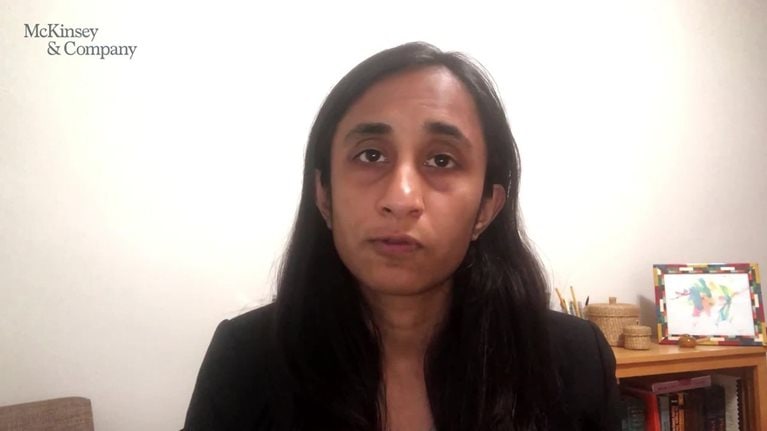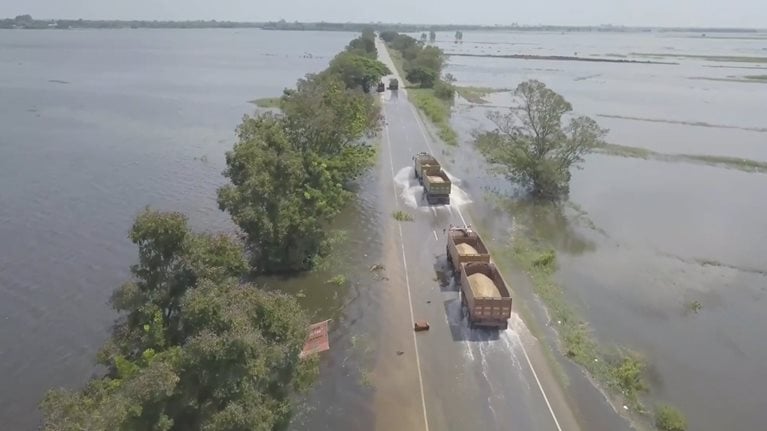In the coming decades, what are the key climate hazards Asia will face?
COVID-19 is highlighting the importance of risk and resilience. And as the world focuses on recovery, it is important to not lose sight of climate risk. Asia is on the front line of climate change. Absent adaption and mitigation the climate hazards that the region faces in the future—from heat waves to more frequent typhoons, to flooding—are likely to be either more severe or more intense than in many parts of the world.
Our research has found that Asia faces six key climate hazards, with potentially very different impacts depending on the region and the geography. Number one, increase in average temperatures. Asia is expected to see more than two degrees increase in average temperature by 2050, with the magnitude and pace of warming varying across locations.
Number two: lethal heat waves. Large Asian cities, especially in India, Bangladesh, and Pakistan, could be the first places in the world to experience heat waves that exceed the survivability threshold for a human being.
Would you like to learn more about the Future of Asia?
Number three: extreme precipitation. And with that the risk of flooding is expected to become more common. The likelihood of such events could increase three to fourfold in some parts of Asia.
Number four: severe typhoons. The likelihood of severe typhoons is expected to triple in some parts of Asia by 2040, including in coastal areas of China, South Korea, Japan, and across all of the South China Sea.
Number five: changes in water supply. Renewable fresh water supply will be affected by factors including rainfall patterns and evaporation, and finally drought. Sometimes related fires. The share of time that countries or parts of a country are going to spend in drought could significantly increase, especially in Australia and China.
Now as Asia seeks to grow its economies climate will be a critical challenge that the region needs to manage. Now Asia is well-positioned to address these challenges, and capture the opportunities that come from managing climate risk because the region’s infrastructure and urban areas are still being built up. Now this gives us a chance to ensure that what goes up is more resilient and better able to withstand heightened risk. As Asian leaders, we all have a part to play in protecting lives and livelihoods from physical climate risk. Thank you.


